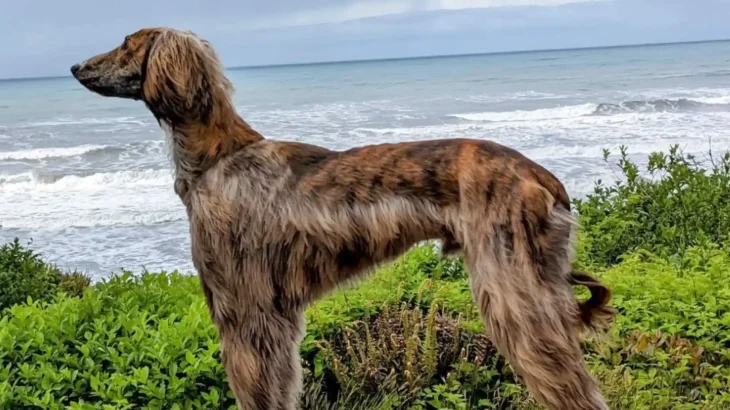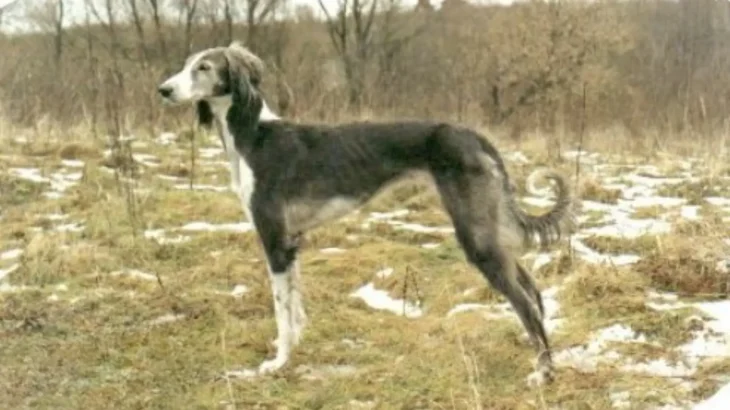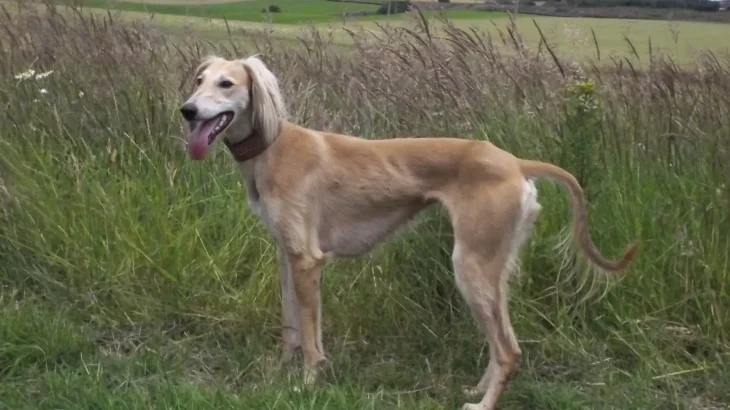Deciding whether to adopt or purchase a Dog breed Tasy puppy means weighing the benefits of known health backgrounds against the chance to provide a loving home to a dog in need. Buying from a reputable breeder usually gives detailed health and pedigree info, while adopting supports ethical practices and helps save lives.
| Criteria | Buying from Breeder | Adopting from Shelter/Rescue |
|---|---|---|
| Cost | Usually higher, reflecting breed purity and breeder expenses. | Lower fees, often including vaccinations and spaying/neutering. |
| Health History | Comprehensive health records and genetic screening often available. | Health background may be limited; shelters conduct basic health checks. |
| Age Availability | Primarily puppies, so you can raise the dog from a young age. | Variety of ages, including adults and seniors. |
| Temperament Insight | Breeders can provide lineage-based temperament info. | Shelter staff share behavior observations, though full history may be unknown. |
| Ethical Considerations | Supports responsible breeding; risk if buying from unethical sources. | Helps reduce pet overpopulation and promotes animal welfare. |
| Breed Purity & Pedigree | Guaranteed pedigree and breed purity documentation. | Breed background often mixed or uncertain. |

















































